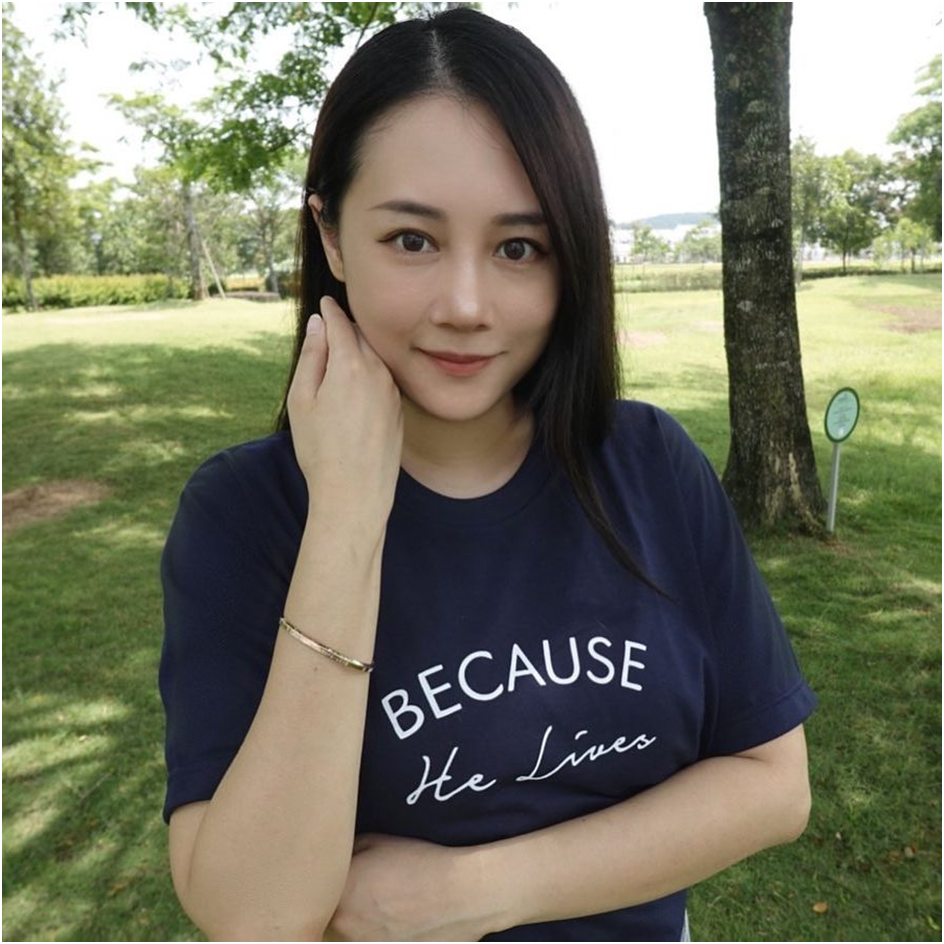-
 Hamza 6 months ago
Hamza 6 months agoVintage dresses are an enduring symbol of style, craftsmanship, and history, standing in stark contrast to the fast-paced world of modern fashion. Each vintage dress tells a story of its era, encapsulating the spirit of the times in its fabric, design, and details. Whether it’s a 1920s flapper dress adorned with beads and fringes, a 1950s tea-length dress with a full skirt, or a 1970s boho-chic maxi, vintage dresses are timeless. The charm of these pieces lies not just in their aesthetic beauty but in their quality and longevity. Many of these dresses were made by skilled artisans with an eye for detail, using high-quality fabrics that have endured through the decades. Unlike the disposable nature of today’s fast fashion, vintage dresses were crafted to last and can still be worn and appreciated today, connecting the wearer to a piece of Retro Clothing Stores.
The appeal of vintage dresses extends far beyond their design; they offer a sense of individuality that modern clothing often lacks. In a world dominated by mass production, where everyone can shop from the same collection, vintage clothing allows people to embrace their own sense of style and stand out. Vintage dresses are unique, often available in one-of-a-kind prints, cuts, and colors that are no longer found in stores. Each dress carries with it the essence of a particular era, offering a glimpse into a different time while allowing the wearer to create a fresh, modern look. Whether it’s an elegant 1950s floral dress or a quirky 1980s graphic design, vintage dresses bring character and originality to any wardrobe. The idea of wearing something that has a history, something that once belonged to someone else, also adds an emotional connection, making these garments feel special and personal.
Styling vintage dresses today provides endless opportunities for creativity and self-expression. One of the joys of vintage fashion is how versatile it can be, allowing the wearer to create unique combinations with modern accessories. A classic 1960s shift dress can be styled with sleek, contemporary shoes for a minimalist look, or a 1970s bohemian dress can be paired with chunky modern jewelry for a bold statement. Mixing and matching vintage with modern pieces enables individuals to personalize their outfits, blending old and new to create something entirely their own. Additionally, wearing vintage is an environmentally conscious choice. By buying second-hand or vintage clothing, individuals contribute to reducing waste in the fashion industry, offering a sustainable alternative to the endless cycle of fast fashion.
Vintage dresses also have cultural and historical significance, serving as snapshots of the changing times they represent. Fashion is a powerful reflection of social and political movements, and the dresses of each era convey a story about the people who wore them. For instance, the voluminous skirts of the 1950s symbolized post-war femininity and the desire for elegance, while the free-flowing garments of the 1970s reflected the rise of the counterculture and a sense of liberation. These dresses often tell us more about the societal and cultural context than anything else could. As a result, vintage fashion plays a vital role in preserving history and providing a tangible connection to the past. Fashion enthusiasts, historians, and collectors continue to study and cherish these garments, not only for their beauty but for the stories they tell about the world in which they were created.